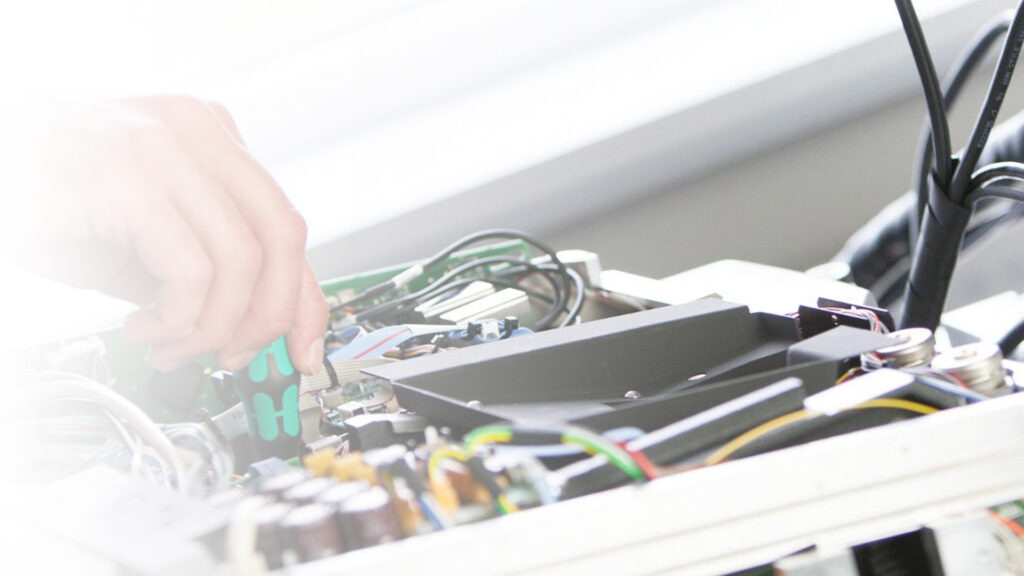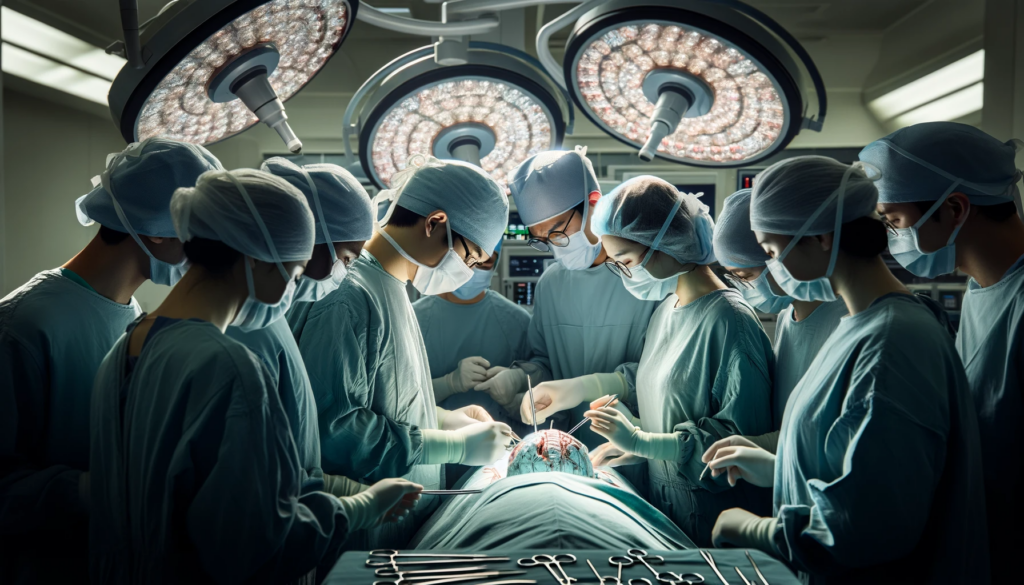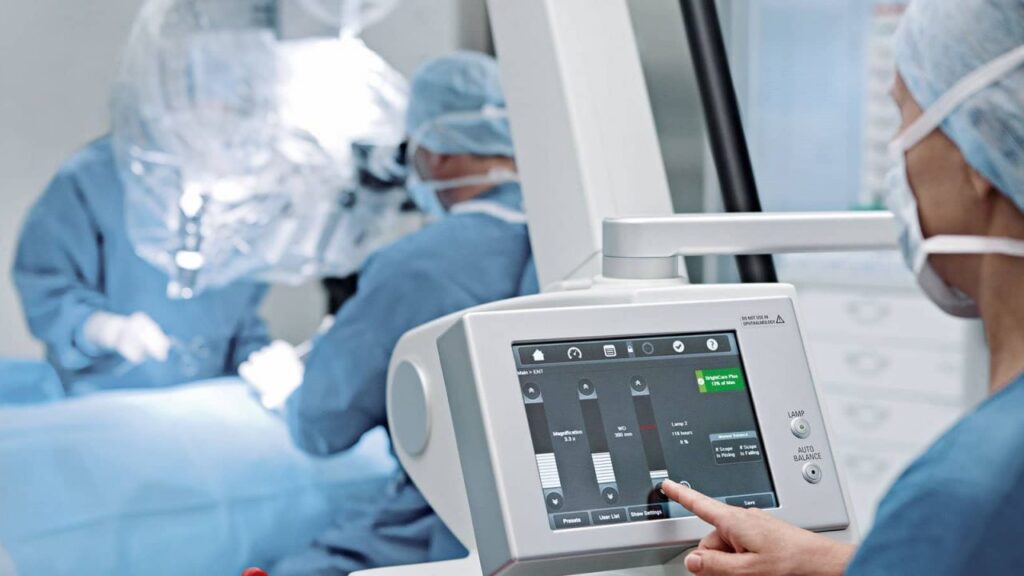Ensuring Precision and Reliability in Critical Medical Procedures
Introduction
Surgical microscopes play a pivotal role in modern medicine, offering unparalleled precision and clarity for intricate procedures. However, the sophistication of these devices demands meticulous care and maintenance. This guide aims to provide comprehensive insights into the best practices for maintaining surgical microscopes, ensuring their reliability and longevity in medical settings.
Understanding the Importance of Regular Maintenance
A. Preventative Care: Regular maintenance of surgical microscopes is essential to prevent mechanical and optical failures. Routine checks can identify minor issues before they escalate into major problems, ensuring consistent performance.
B. Optimal Performance: Well-maintained microscopes provide clearer images, precise magnification, and reliable mechanics, all crucial for successful surgical outcomes.
C. Longevity and Cost-Efficiency: Proper maintenance extends the lifespan of these expensive instruments, offering better return on investment and reducing the need for frequent replacements.
Basic Maintenance Steps

- Cleaning: Regular cleaning of lenses and external surfaces is crucial. Use appropriate lens cleaners and microfiber cloths to avoid scratches and damage.
- Lubrication: Mechanical parts require periodic lubrication to ensure smooth operation. Use manufacturer-recommended lubricants.
- Calibration and Alignment: Regular calibration ensures that the microscope’s optics are aligned correctly for optimal imaging.
- Software Updates: For digital components, ensure software is up-to-date to maintain functionality.
Advanced Maintenance Practices
A. Optical Adjustments: Periodically check and adjust the optical system to maintain image quality.
B. Mechanical Repairs: Address any mechanical wear and tear promptly. This may involve tightening loose components or replacing worn-out parts.
C. Electrical System Checks: Regularly inspect electrical connections and components to prevent malfunctions.
Seeking Professional Service
While some maintenance can be done in-house, certain tasks require professional service:
- Complex Repairs: For intricate issues, especially related to optics and internal mechanics.
- Annual Check-ups: A thorough annual inspection by a certified technician can catch issues that might be missed in routine checks.
- Upgrades and Modifications: Professional services can also assist with upgrading parts or software to keep the microscope up-to-date with the latest technology.
Conclusion
The maintenance of surgical microscopes is not just about preserving equipment; it’s about ensuring the highest standard of care for patients. By adhering to these guidelines, medical professionals can guarantee that their surgical microscopes are always ready for critical procedures, operating at peak performance and reliability.
To learn more about Surgical Microscope Maintenance, contact us here: Contact Us




